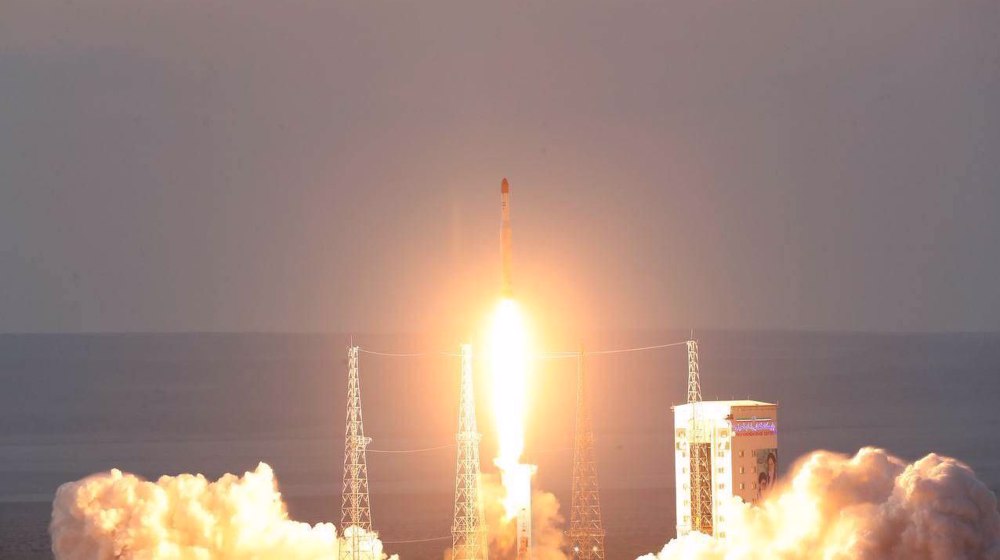China's spallation neutron source enters trial operation
The China Spallation Neutron Source (CSNS), China's first spallation neutron device, has entered trial operation as physicists detected neutron beams from the device, announced the Institute of High Energy Physics under the Chinese Academy of Sciences (CAS) on Friday.
The test was conducted on August 28. Physicists successfully had the proton beams, projected from the accelerator, a key component of the Spallation Neutron Source, strike a tungsten target. And researchers, for the first time, measured the neutron energy spectra from two different moderators and detected the neutron beams.
This marks the completion of the main part of the CSNS project, according to Chen Yanwei, the deputy director of the institute.
"Everyone is excited and happy. This means the project is successful in terms of design, installation, production and test and it now enters trial operation. We will open to users both at home and abroad next spring and become the fourth country to have pulsed spallation neutron source following the United States, Britain and Japan," said Chen.
The whole device mainly consists of an H-linac and a proton rapid cycling synchrotron and is designed to accelerate proton beam pulses to strike a solid metal target to produce spallation neutrons.
The device will be used to probe the microscopic structure of the microscopic world producing similar results as an x-ray. When completed in 2018, the CSNS will be China's largest scientific device.
"We can say that the spallation neutron source is a special microscope. While a regular microscope uses light and an electron microscope uses electrons, this special microscope uses neutrons. It makes use of the characteristics of neutrons to carry out special study on the structures of matters," said Chen Hesheng, chief commander of the CSNS project.
The CSNS is the first of its kind in developing countries with a budget of 2.3 billion yuan.
Jointly built by the CAS and the southern Guangdong Province, the CSNS is located in Dalang County of the city of Dongguan in Guangdong.
(Source: Reuters)
Tel Aviv tells Damascus Israeli forces will remain in occupied territory: Report
Dec. 22: ‘Axis of Resistance’ operations against Israeli occupation
‘Abhorrent’: Oxfam says only 12 trucks delivered aid in North Gaza since Oct.
VIDEO | Leader receives religious eulogists on Hazrat Fatima birth anniv.
Pope Francis slams Israel’s ‘machine-gunning’ of Gaza children
US hostage-taking of Iranian nationals violation of intl. law: Deputy FM
VIDEO | Carol Singers for Palestine on London’s Parliament Square
Ansarullah says ‘Israeli terrorists’ incapable of confronting Yemen, warns of secret weapons









 This makes it easy to access the Press TV website
This makes it easy to access the Press TV website